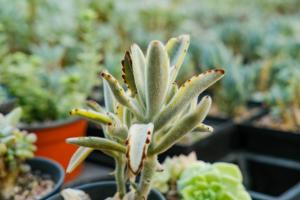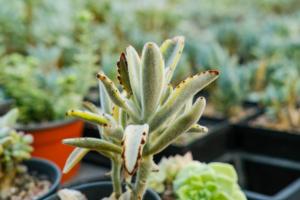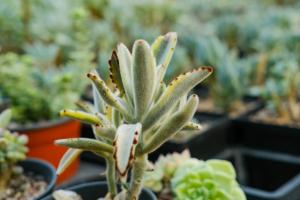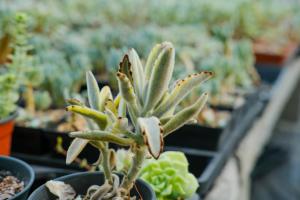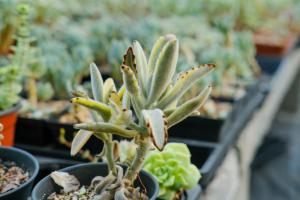1、 Curing method
1. Temperature: from its distribution mainly in the south, we can also see that it likes higher temperature. Therefore, about 20-30 degrees is more appropriate. In addition, its cold resistance is not good. Try not to be too cold in winter. Especially in the north, if you want to breed, you need to pay attention to it

2. Light: rabbit ear orchid has a happy light. As long as it is not too strong light, there is no need for shade. In its growing season, try not to put it in a too dark place, otherwise its growth may be slow. In summer, it can be slightly shaded

3. Watering: rabbit ear orchid is sensitive to water. Because its roots are fleshy, it is very resistant to waterlogging. Therefore, you can't water too much at ordinary times. On the contrary, it has relatively high requirements for air humidity, especially when it is very dry, it can be humidified by spraying water

4. Fertilization: the orchid has little demand for fertilizer. As long as the proper and nutrient rich soil is selected, there is basically no need to apply fertilizer. If the growth is weak, you can use it a little

2、 Breeding skills
1. Reproduction: the method of ramet reproduction can be adopted. It can be carried out in spring or autumn. Generally speaking, a strong plant can be divided once every three years. Select robust plants with more pseudobulbs. After separation, it should be noted that each part should have some pseudobulbs, at least five. Then you have to go to the basin and use sandy soil as the matrix. After the planting is completed, the watering is permeable, and the watering can be reduced slowly in the later stage

2. Pruning: This is more important. Pruning is very necessary to make it bloom more. Appropriate pruning treatment can be carried out before flowering. In addition, the yellow and dry leaves need to be cut off

3、 Problem diagnosis and treatment
1. Disease: there may be "white silk disease", which is common in Meiyu period. Lime can be used to prevent and control, and pay attention to soil disinfection, or directly replace the soil. There is also "anthrax", which can be controlled with class a tobuzin

2. Insect pests: the main one is "scale insects", which need to be sprayed in time, and pay attention to whether all the eggs are cleaned together

4、 Other issues
1. Toxicity: it is non-toxic and does not emit harmful substances

2. Whether it can be raised at home: Yes, < a > < / a > it's nice to keep it at home


 how many times do yo...
how many times do yo... how many planted tre...
how many planted tre... how many pine trees ...
how many pine trees ... how many pecan trees...
how many pecan trees... how many plants comp...
how many plants comp... how many plants can ...
how many plants can ... how many plants and ...
how many plants and ... how many pepper plan...
how many pepper plan...